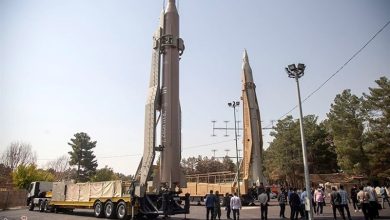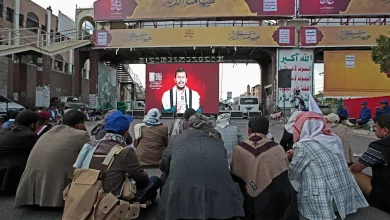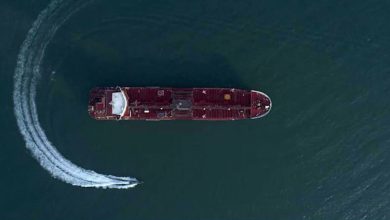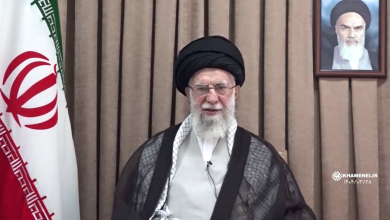Official: Iran to Build Pars 2 Remote Sensing Satellite
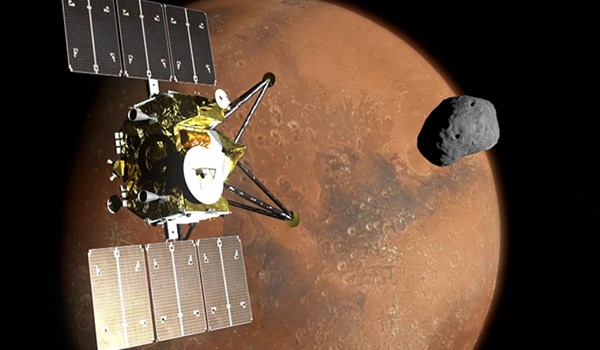
Deputy Head of Iran’s Space Research Center Jafar Salehi announced that the home-made Pars 1 satellite has passed its functional and environmental tests, saying that the country plans to manufacture a more advanced satellite named Pars 2.
“Pars 1 satellite is the most complex and most operational remote sensing satellite in the country and weighs about 110 to 120 kg. It has passed all its functional and environmental tests and is now being delivered. On the other hand, based on the plan, the satellite will be launched into its operational orbit as soon as possible,” Salehi told FNA on Wednesday.
He added that Pars 1 satellite has three cameras, a 15-meter camera with the ability to take colored images, a 150-meter camera, and a 300-meter thermal camera, adding that the satellite has a propulsion system that has the ability to maintain the satellite in the orbit.
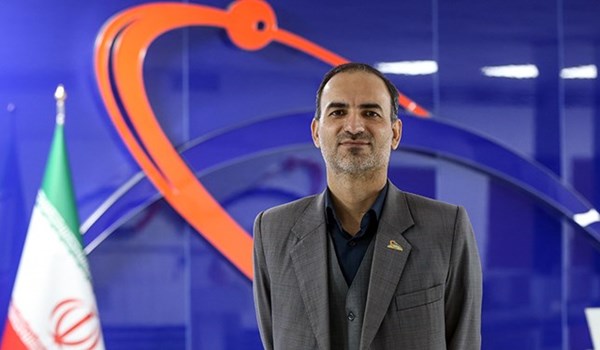
Deputy Head of Iran’s Space Research Center Jafar Salehi
“Iran’s Space Research Center plans to design and construct Pars 2 remote sensing too and its imaging capability increases compared to Pars 1. In fact, a kind of technological leap occurs in the design and construction of Pars 2,” Salehi said.
Earlier this month, Salehi had said that the country plans to manufacture Nahid 3 (Venus 3) satellite to be placed into the geostationary orbit.
“Nahid 3 is the final step in the telecommunication satellites which will be built to pave the ground for Iran’s access to geo operational orbit,” Salehi said.
He added that the satellite is now in the study, feasibility and conceptual design phase.
Salehi also said that at present Iran has designed and built the engineering sample of Nahid 2 telecommunication satellite and has delivered it to the Iranian Space Agency, adding, “We are preparing for delivering the qualitative sample of the satellite.”
He added that Iran would send a new telecommunication satellite named Nahid 1 (Venus 1) into the orbit.
“We have had the construction of Nahid 1 and Nahid 2 satellites on our agenda. Nahid 1 was completed 3 years ago and its periodical tests have been conducted and it can be launched and Iran plans to orbit it,” Salehi said.
He added that Nahid 2 which is more advanced than Nahid 1 is also under construction, explaining that it enjoys the capability to go to higher orbits.
Salehi said that Iran will soon start designing Nahid 3 satellite.
Head of the Iranian Space Agency (ISA) Morteza Barari announced in April that the country plans to send its home-made telecommunication satellite, Nahid 1, into the orbit by the end of the current Iranian year (March 19, 2021).
“We hope to complete the flight model of three big space projects, including the orbital transfer system, Pars 1 sensing satellite and Nahid 2 telecommunication satellite this year,” Barari said.
“Also, we hope that another important project, Nahid 1 telecommunication satellite, will be put into the orbit after necessary preparations and coordination with the department in charge of the launch,” he added.
In relevant remarks in February, Iran’s Minister of Information and Communications Technology (ICT) Mohammad Javad Azari Jahromi announced that his country is poised to launch its latest telecommunication satellite, Nahid 1, adding that two other satellites are being assembled to be launched later.
“With regard to satellite design and manufacture, we have completed Nahid 1 telecommunication satellite, which is ready for launch, and Pars 2 satellite is being assembled. Moreover, the engineering model of Nahid 2 satellite has been completed, and the construction process of its flight and qualification model are underway,” Azari Jahromi said.
The Iranian ICT minister then explained about design and manufacture of space engines, saying that testing Arash space engine is another major achievement of the Space Research Center.
“The most important issue in the field of aerospace is that all these successes were achieved in a situation where the country, and [Iran’s] aerospace industries in particular, are under sanctions and gaining access to such technology has not been possible in any way,” Azari Jahromi noted.
The minister reaffirmed that “Iran has been so far conducting major activities in the field of aerospace and has managed to master the full cycle of space technology.
He noted that the country’s Space Research Center has been among those Iranian institutions, which have played a prominent part in the development of this technology.”
Iran has made major achievements in space technology and satellite construction over the past years.




